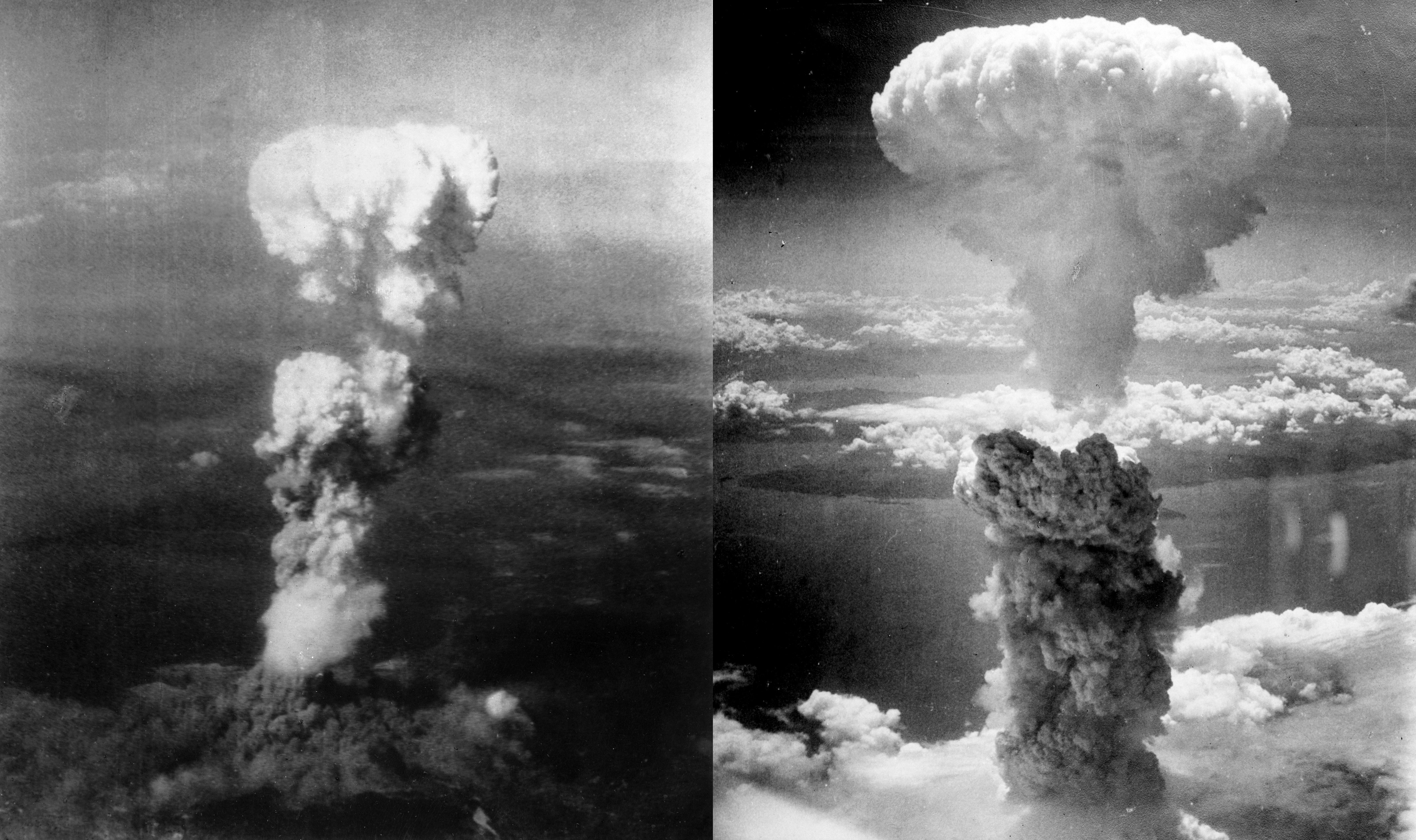- Air & water pollution
- Landfills
- Things that cause pollution (oil spills, nuclear disasters)
- Annnnnd (My personal favorite) The Tragedy of the Commons
Pollution comes from a lot of stuff and affects the world around this in many different ways. The topic of pollution concerns the actions of people that harm the environment, like driving a car (polluting the air via gas emissions) or using pesticides, or fertilizers (polluting by running into sources of water).
Now with landfills, I actually learned a bit in class. Okay, being perfectly honest here, I always thought landfills worked a little like this:
You dig a big hole
You throw people's trash in it.
I didn't really have a second thought of it. So I was pretty surprised that so much work went into making and maintaining landfills. For example, these "landfillians" (I will use this to refer to landfill workers of any sort) put these barriers around the landfill so that chemicals and other stuff don't spread through the soil. Landfillians also make these systems that remove hazardous waste that builds up in the landfills, like methane gas. These guys have more important job than I thought. Now that I think about it, that's what they should be called. It's epic and fitting. Really gets the importance across.
Things that cause pollution can be anything from little things, like using cars, to huge accidents like oil spills and nuclear accidents, both of which we dealt with in class. Pretty serious stuff for accidents. Both of these can really mess up the surrounding environment in ways that we sometimes can't even hope to understand. They can occur because of poor maintenance, mechanical problems, and even just plain carelessness. On another note, nuclear accidents affect us both more so than oil spills, which only affects us because we make a priority of cleaning up (pat on the back for society). Still, the effects of both are devastating. And two notable nuclear disasters weren't accidents...
Hiroshima and Nagasaki
Quite easily one of the most horrible events in history. Really shows the cruel price of war and what it takes to end it once it has begun. I'm not going to get into the debate on the use of nuclear weapons or the morality behind it for the sake of not making this post longer than it already is.
*Ahem* Moving on.
Well, my favorite part of this week, I'd say, was going through the Tragedy of the Commons. It was more on the philosophical side of things, which I like to think about a lot. It talked about how one act at a person's convenience can build up to be something that harms surroundings if everyone does it. Think about it like this: One person smokes and throws their cigarette on the ground, because it's honestly takes too much effort to dispose of it properly.
Well, it's not much right? It's just one person.
But then, what if isn't? Then you got hundreds or thousands or so people smoking (good for the industry, not so much for those individuals) and dumping their junk all over the place. The Tragedy of Commons presents many concepts like this that really get you thinking.
Well, that's pretty much it for this post. Happy Holidays to all and be careful out there; a lot of crazy stuff goes on in the world. Be observant of your surroundings and be safe alright?
After all,
"This cosmic dance of bursting decadence and withheld permissions twists all our arms collectively, but
if sweetness can win, and it can, then I'll still be here tomorrow to high-five you yesterday, my friend. Peace."
-The Royal Tart Toter
-Alex






.jpg)






 Supplies- plastic bottle, 2 wooden spoons, box cutters, marker, bird seed
Supplies- plastic bottle, 2 wooden spoons, box cutters, marker, bird seed